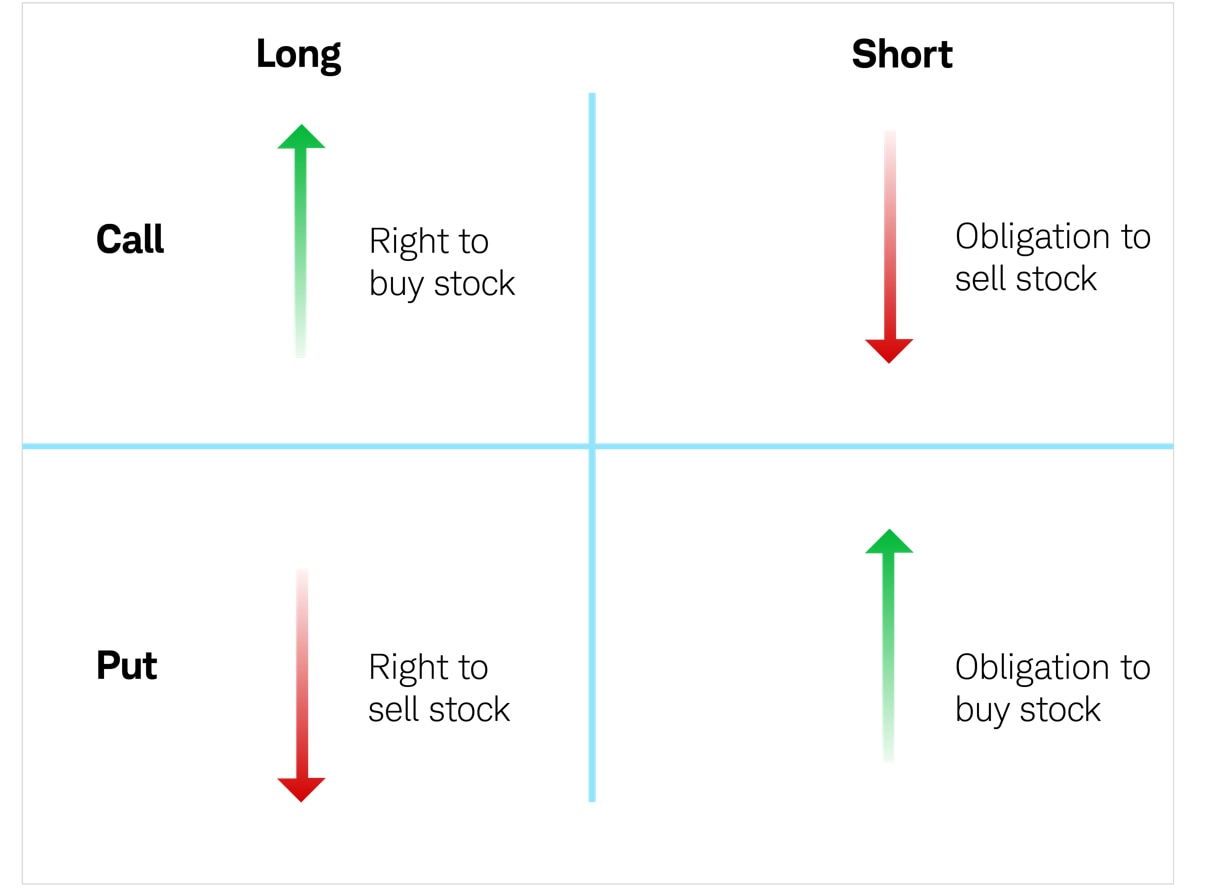Introduction
In the fast-paced world of finance, there’s a myriad of investment opportunities available, and options trading stands out as a potentially lucrative yet complex domain. For the uninitiated, options can be daunting, but with a clear understanding of their mechanics, you can unlock the potential they hold. This comprehensive guide aims to provide a simple explanation of options trading, empowering you to navigate this exciting arena with confidence.

Image: erainnovator.com
What is Options Trading?
An option contract grants the right, but not the obligation, to buy or sell an underlying asset (such as a stock, commodity, or currency) at a predetermined price on or before a specific date. Essentially, options allow traders to speculate on the future price movements of an asset without having to own it outright.
Call vs. Put Options
There are two main types of options: calls and puts. A call option gives the buyer the right to buy the underlying asset at a specified price (the strike price) on or before the expiration date. A put option, on the other hand, gives the buyer the right to sell the underlying asset at the strike price.
Key Terms
To grasp options trading, you need to familiarize yourself with a few key terms:
- Underlying asset: The asset (stock, commodity, etc.) that the option contract is based on.
- Option premium: The price paid to purchase an option contract.
- Strike price: The predetermined price at which the underlying asset can be bought (for a call option) or sold (for a put option).
- Expiration date: The last day on which the option contract can be exercised.

Image: internaljapan9.bitbucket.io
Advantages and Disadvantages of Options Trading
Advantages:
- Leverage: Options provide a way to gain exposure to a larger position than your capital would allow in conventional trading.
- Flexibility: Traders can tailor their options strategies to match their risk tolerance and investment goals.
- Limited risk: Unlike investing in the underlying asset directly, the maximum loss for an option buyer is the premium paid.
Disadvantages:
- Complexity: Options trading can be intricate and requires a thorough understanding of the trading principles.
- Time decay: The value of an option decays over time, potentially resulting in losses if not executed or closed before expiration.
- Volatility: Options prices can fluctuate based on various factors, requiring constant monitoring and adjustments to strategies.
How to Trade Options
- Select the underlying asset: Choose an asset whose price movements you can predict based on your analysis.
- Choose the option type: Determine whether you anticipate the asset’s price to rise (call option) or fall (put option).
- Set the strike price: Select the desired strike price based on your expectations of the underlying asset’s price movement.
- Set the expiration date: Choose when you believe the price will reach your desired outcomes and set the expiration date accordingly.
- Buy or sell the option: After choosing the option specifications, execute the trade to buy or sell the contract, paying the option premium.
- Monitor and adjust: Keep track of your options positions and make necessary adjustments as the market conditions or your strategy dictates.
Different Options Strategies
There are numerous options trading strategies, each with its own risk-reward profile. Some popular strategies include:
- Covered call: Selling a call option on a stock you own to generate income
- Cash-secured put: Selling a put option with enough cash in your account to cover the potential obligation to buy
- Bull call spread: Buying a call option at a lower strike price while simultaneously selling a call option at a higher strike price
- Bear put spread: Buying a put option at a higher strike price while simultaneously selling a put option at a lower strike price
Simple Explanation Of Options Trading
https://youtube.com/watch?v=rNJhmFN19W0
Conclusion
Options trading offers a powerful tool for investors and traders seeking to capitalize on market movements. While it can be complex, with a strong grasp of the fundamentals and a well-defined strategy, you can unlock the potential of options trading. Remember, education and a risk-managed approach are critical to success in this dynamic and rewarding financial arena. By integrating the knowledge gained from this guide into your trading regimen, you can navigate the world of options with increased confidence and the potential to enhance your financial prospects.






